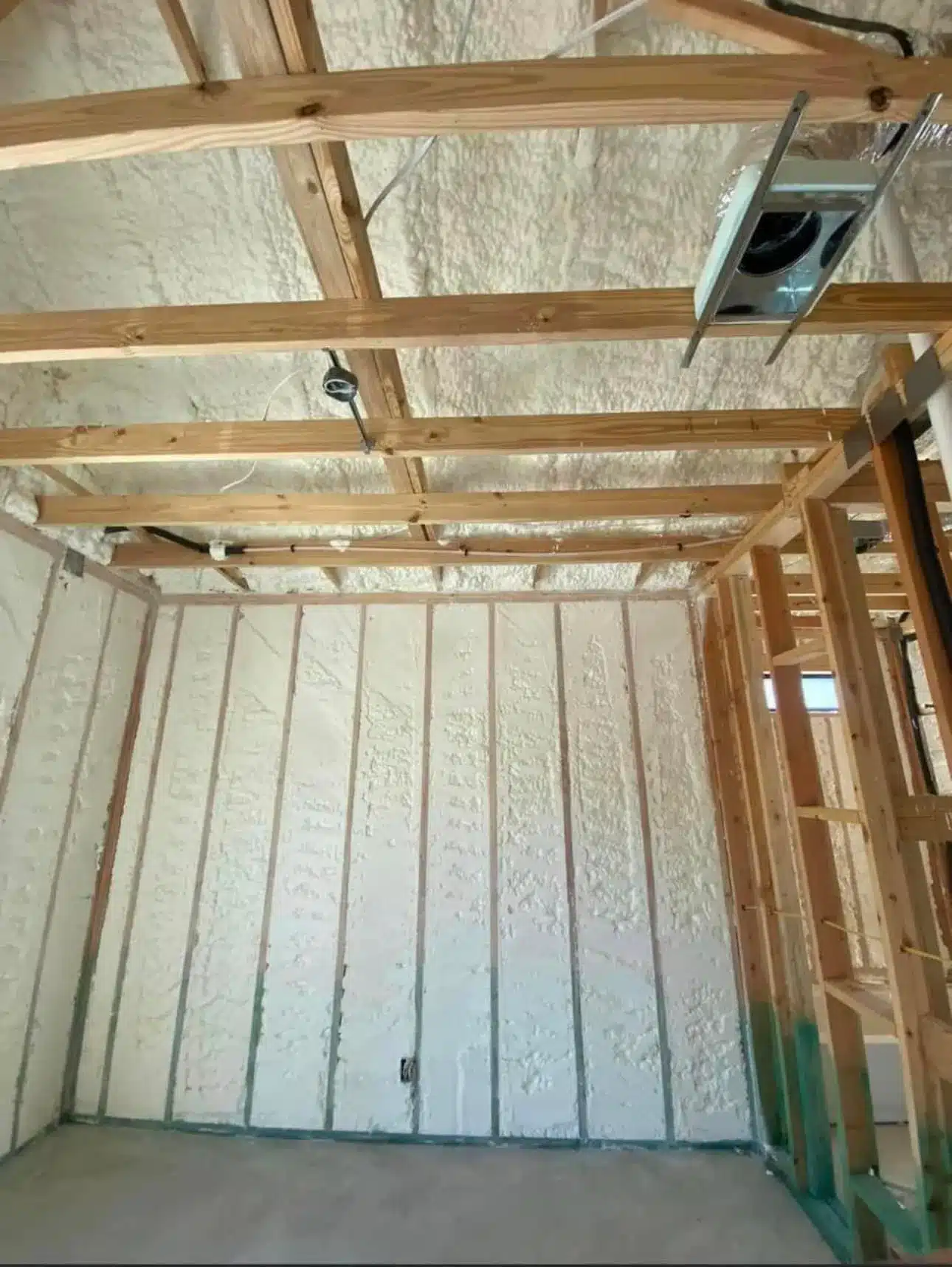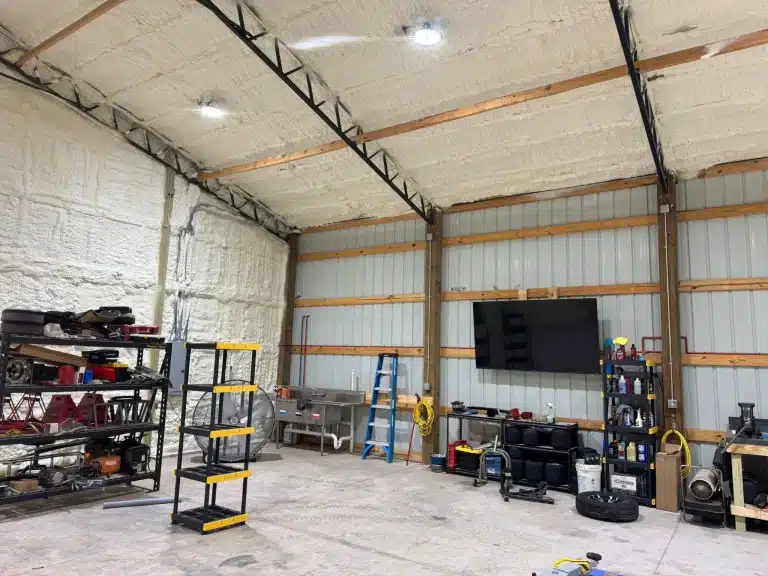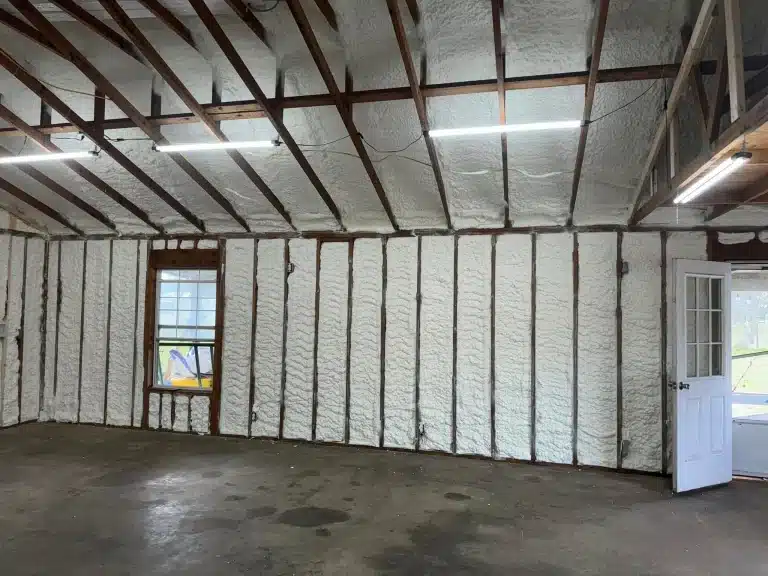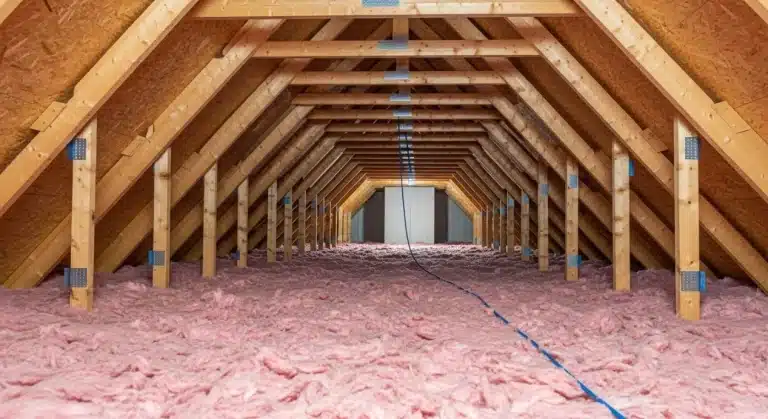Proper insulation protects your home by resisting the flow of heat. In the winter, it keeps the heat your furnace generates inside your living space, preventing it from escaping. During the summer, it does the opposite, blocking the intense heat from the sun and the warm outdoor air from penetrating your home. This process, known as thermal resistance, creates a stable indoor environment, making your home comfortable year-round regardless of the weather outside. A well-insulated home doesn’t just feel better; it also puts less strain on your heating and cooling systems, leading to significant energy savings.
This article breaks down exactly how insulation functions as a shield against temperature extremes. Understanding the science behind heat transfer and the properties of different insulation materials is the first step toward creating a more efficient and comfortable home. This knowledge provides the foundation for improving a home’s performance through the right insulation strategy.
The Physics of a Comfortable Home
Heat naturally moves from warmer areas to cooler areas, and it does so in three different ways. Insulation is designed to interfere with this natural movement.
- Conduction: This is heat transfer through direct contact. Think of how a metal spoon gets hot when you leave it in a pot of soup. Materials like foam board insulation have tiny, enclosed gas pockets that are poor conductors, slowing this type of heat transfer through walls and ceilings.
- Convection: This is heat transfer through the movement of fluids, like air or water. Warm air rises and cool air sinks, creating currents that can carry heat out of your home in the winter. Fibrous materials like fiberglass and cellulose trap air, preventing these convective loops from forming within wall cavities.
- Radiation: This is heat transfer through electromagnetic waves, like the heat you feel from the sun. Radiant barriers, which are shiny, reflective materials often installed in attics, are designed specifically to reflect this thermal radiation, keeping unwanted solar heat out of your home.
A comprehensive insulation plan addresses all three forms of heat transfer to effectively manage your home’s temperature.
Keeping Your Home Warm in the Winter
When it’s cold outside, your primary goal is to prevent the expensive heat you’re generating from escaping. Heat loss is most common through the attic, walls, floors, and crawl spaces. Insulation’s effectiveness at stopping this loss is measured by its R-value. A higher R-value indicates better thermal resistance.
For example, a report from the U.S. Department of Energy provides specific R-value recommendations based on climate zones. In colder regions, a higher R-value is necessary to combat lower temperatures. In a place like northern Florida, which falls into Climate Zone 2, the recommendation is R30 to R60 for an uninsulated attic, showing just how much performance is needed to keep heat where you want it.
Bonus Tip: Air sealing is insulation’s essential partner. Tiny cracks and gaps around windows, doors, and plumbing penetrations can undermine even the best insulation. Sealing these leaks with caulk or spray foam before insulating is a critical step for preventing drafts and maximizing thermal performance.
Staying Cool During the Summer
In the summer, the challenge is reversed. The goal is to stop exterior heat, especially from the sun beating down on your roof, from entering your home. Insulation acts as a barrier, keeping the cool, conditioned air from your AC system inside and the hot, humid air outside.
This is where attic insulation is particularly important. An under-insulated attic can reach extreme temperatures, radiating heat down into your living spaces and forcing your air conditioner to work much harder. In sunny climates, combining traditional insulation with a radiant barrier can be highly effective. The radiant barrier reflects up to 97% of the sun’s radiant heat before it can even enter the attic space, significantly lowering the temperature.
Proper ventilation works hand-in-hand with attic insulation. Vents allow hot, trapped air to escape, reducing the heat load on your home and preventing moisture buildup that could damage your insulation and roof structure over time.
Comparing Common Insulation Materials
The insulation market is filled with different options, each with unique properties. The right choice depends on the application, budget, and desired performance level. Data from a market analysis by Grand View Research shows that fiberglass continues to hold a large market share, but materials like spray foam are growing in popularity due to their superior air-sealing capabilities.
| Insulation Type | Average R-Value (per inch) | Primary Benefits | Common Considerations |
|---|---|---|---|
| Fiberglass (Batts & Blown-In) | R-2.2 to R-3.8 | Cost-effective, widely available, non-combustible | Can lose R-value if compressed; requires careful installation to avoid gaps |
| Cellulose (Blown-In) | R-3.2 to R-3.8 | Made from recycled materials, good at filling irregular spaces | Can settle over time, may require topping off; can absorb moisture if not treated |
| Spray Foam (Open & Closed-Cell) | R-3.5 to R-7.0 | Excellent air sealant, high R-value, adds structural rigidity | Higher upfront cost, requires professional installation |
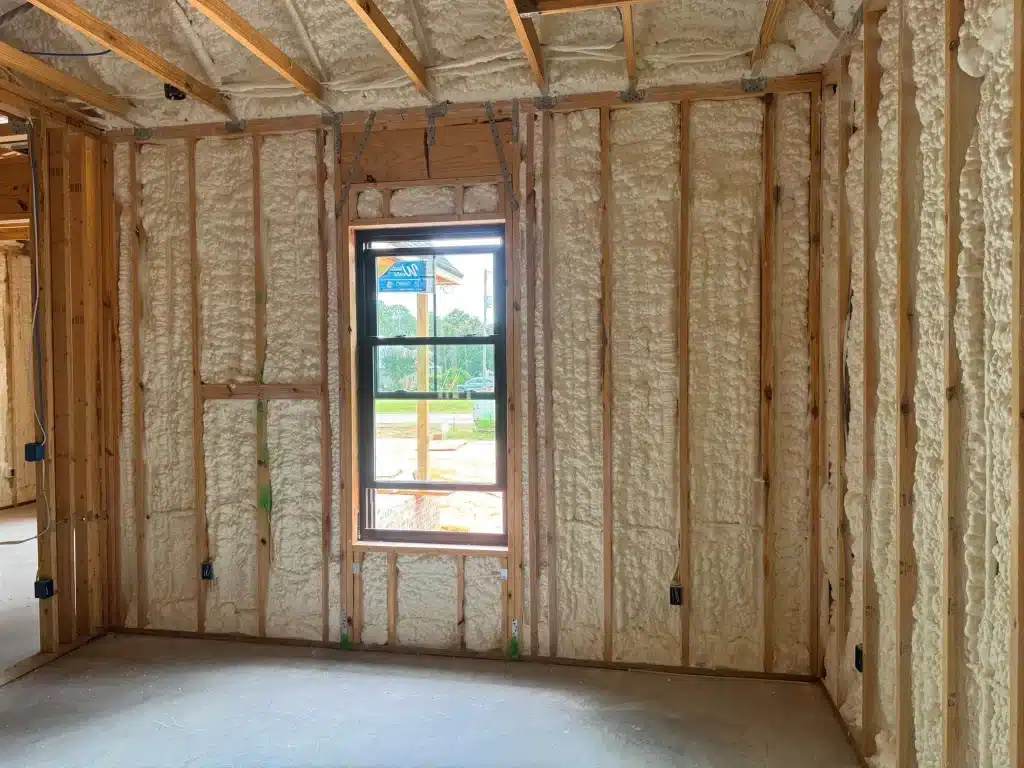
Things to Consider Before Making a Decision
While understanding the materials is key, choosing the right insulation involves more than just picking one. Several factors influence the best approach for your specific home.
Your Climate Zone
The climate you live in is the single most important factor. A home in a hot, humid climate has different needs than a home in a cold, dry one. The U.S. Department of Energy’s climate zone map is an excellent resource for determining the recommended insulation levels for your area.
Your Home’s Structure
The age and construction of your home will dictate what’s possible. An older home with no insulation in the walls may require a dense-pack blown-in product, while new construction offers the flexibility to use spray foam or perfectly fitted batts before the drywall is installed.
Moisture Control
Insulation and moisture management are closely linked. In humid climates, it’s important to prevent moisture from getting trapped in wall cavities, which can lead to mold and rot. Some insulation types, like closed-cell spray foam, act as a vapor barrier, while others may require a separate one.
Long-Term Value
While some insulation options have a higher initial cost, they can provide a better return on investment. A study published by the North American Insulation Manufacturers Association (NAIMA) highlights that insulating a home can lead to average energy savings of 15% on heating and cooling costs. This long-term saving should be weighed against the upfront expense.
Final Thoughts
A well-insulated home is a more predictable, comfortable, and efficient home. By creating a strong thermal barrier, you protect your living space from the seasonal temperature swings that happen outside. This leads not only to a more pleasant environment but also to lower utility bills and a reduced environmental footprint. Before making any changes, take the time to evaluate your home’s current situation, consider your local climate, and think about your long-term goals for comfort and energy performance.
Get a Professional Assessment
Because figuring out the best insulation strategy for your home can be complex, a professional evaluation can pinpoint specific areas of energy loss and recommend the most effective solutions. For a detailed assessment of your home’s thermal envelope, you can contact Prestige Insulation Solutions LLC at (850) 429-4969 or send an inquiry to [email protected] to understand what your property needs.
Sources
- U.S. Department of Energy – Provides official government recommendations on insulation R-values based on climate zones across the United States.
- Grand View Research – Offers market analysis and data on the trends and growth of different insulation materials in the construction industry.
- North American Insulation Manufacturers Association (NAIMA) – An association that provides research and fact sheets on the benefits of insulation, including data on energy savings.
Your Insulation Questions Answered
How does insulation affect my HVAC system?
Proper insulation reduces the demand on your heating and cooling system. Because the system doesn’t have to run as often or as hard to maintain the desired temperature, its lifespan can be extended, and you’ll likely see lower maintenance costs over time.
What are the signs of poor insulation?
Common indicators include unusually high energy bills, drafts or cold spots in certain rooms, rooms that are difficult to keep warm in the winter or cool in the summer, and uneven temperatures between different floors of your home. In snowy climates, ice dams on the roof are a classic sign of heat escaping through the attic.
Is spray foam insulation safe?
When installed by a trained professional according to manufacturer specifications, spray foam insulation is safe. It requires a specific chemical reaction to create the foam, and the area must be well-ventilated during application. Once it has fully cured, the foam becomes an inert, stable, and odorless plastic.
Does attic insulation really help in the summer?
Absolutely. The roof is one of the largest sources of heat gain in the summer. Attic insulation provides a critical thermal break that stops the sun’s heat from radiating down into your living area, making it one of the most effective ways to improve summer comfort and reduce air conditioning costs.


